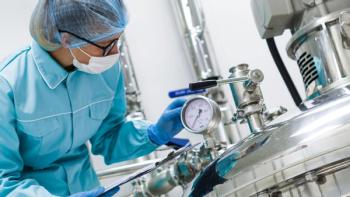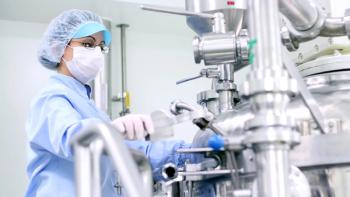
Ajinomoto and its subsidiary company, Ajinomoto Genexine, have partnered with Insilico Biotechnology to accelerate and improve process development and production of biologics using digital twin technology.

Ajinomoto and its subsidiary company, Ajinomoto Genexine, have partnered with Insilico Biotechnology to accelerate and improve process development and production of biologics using digital twin technology.

In this collaboration, Takeda will utilize Poseida's biodegradable DNA and RNA nanoparticle delivery technology and other proprietary genetic engineering platforms for the research and development of gene therapies.

According to Charles River Laboratories, when asked how long it takes for a drug to be developed and approved for market in the United States, only 10% of 1,500 Americans polled correctly estimated that it takes between 10 and 15 years.

In an amendment to their existing contract manufacturing agreement, Celsian and Poly Pharm expand GEN-1 program collaboration to add clinical and commercial batches of investigational vaccine.

Moderna announced a collaboration to develop a new mRNA therapeutic for Crigler-Najjar Syndrome Type 1 at no cost to patients.

Mechanistic models provide process understanding for developing robust manufacturing processes and for scale up and tech transfer.

Models of biopharmaceutical processes can be used for speeding development and improving process control.

Scientific advances open the way to alternatives to animal testing and in-vivo assays.

The benefits of single-use technologies for upstream viral-vector processes clearly outweigh their disadvantages.

The collaboration continues as the companies design bioprocess impurity reagent sets to detect residual HCP from HEK 293 cells.

A structured assessment process can determine compliance to lifecycle process-validation requirements for biopharmaceuticals.

SP Scientific Products’ SP Hull LyoStar 4.0 R&D freeze dryer supports rapid freeze-dry cycle development, optimization, and process scale-up.

What can the biopharma industry learn from its rapid response to the COVID-19 pandemic?

Well-defined studies are crucial to effective process development.

Controlling certain atmospheric conditions in a closed NGI processing chamber can reduce bioburden without disinfectants.

As downstream bioprocessing improvements continue, efforts are underway to integrate downstream processes into continuous operations.

Connected, integrated bioprocessing enterprises with greater data analytics capabilities are coming.

A unified scale-up approach, as presented here, can be applied to any unit operation.

The launch of HiScreen Fibro PrismA, the company’s newest product for early mAb purification process development strengthens Cytiva’s new fiber-based Protein A platform.

The new facility, to be located in Boston, MA, will contain experimental and analytical equipment for viral vector and advanced therapy process development and will expand the CDMO’s manufacturing capacity.

Cell-culture optimization may see benefits from a synthetic biology-based approach that improves product titer, quality, and time.

The development of an innovative purification process simplifies downstream processing for biologics.

More collaboration and a knowledge-based approach, driven by better analytics and high-throughput system integration, are reducing the risk of failure.

The increased use of single-use bags in biologic manufacturing poses the risk of pinholes and other defects that cannot currently be tested for.

The award will help a bioanalytics startup commercialize instrument technology for pharmaceutical antibody manufacturers.